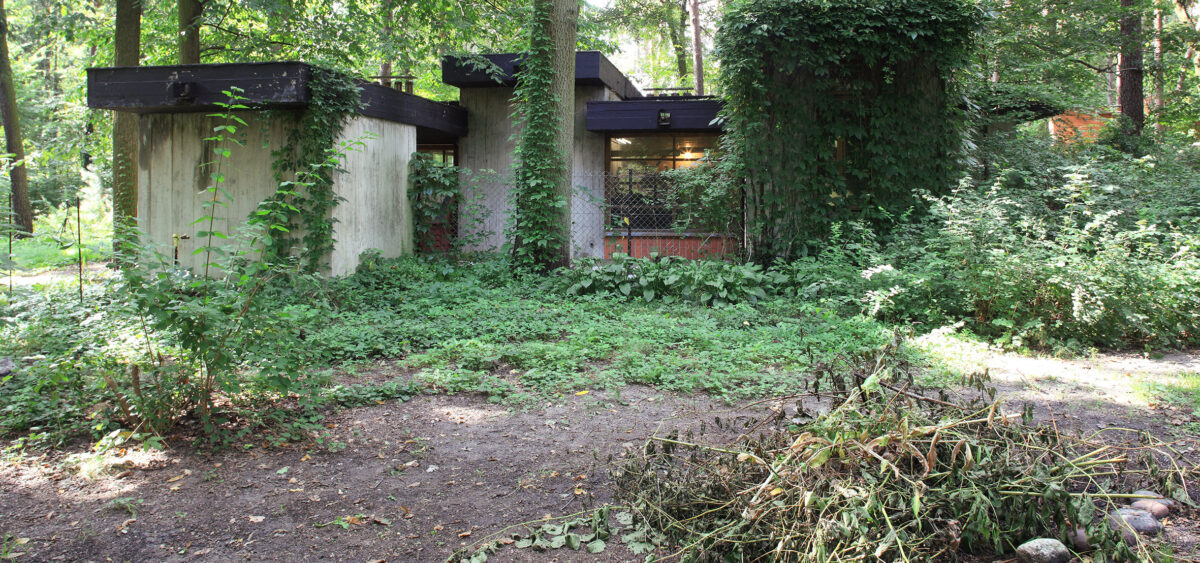
On a concrete house full of free love – for nature, the avant-garde, for creative expression – built in gloomy times, and demolished in contemporary ones.
During my architecture studies, Jan Szpakowicz was for me a star on the order of Kurt Cobain, and the unassuming house that he designed in the 1960s in Zalesie Dolne near Warsaw, where he lived with his family until he left for France








